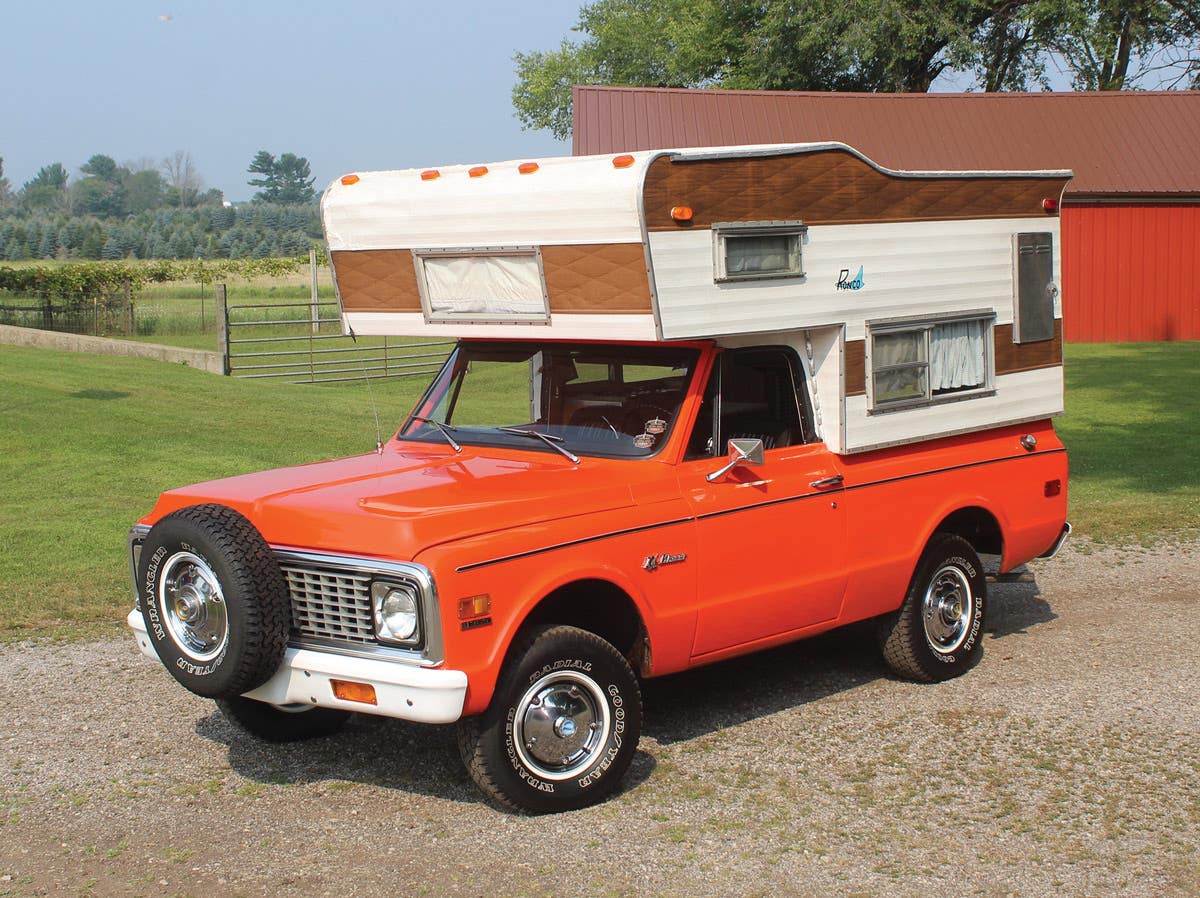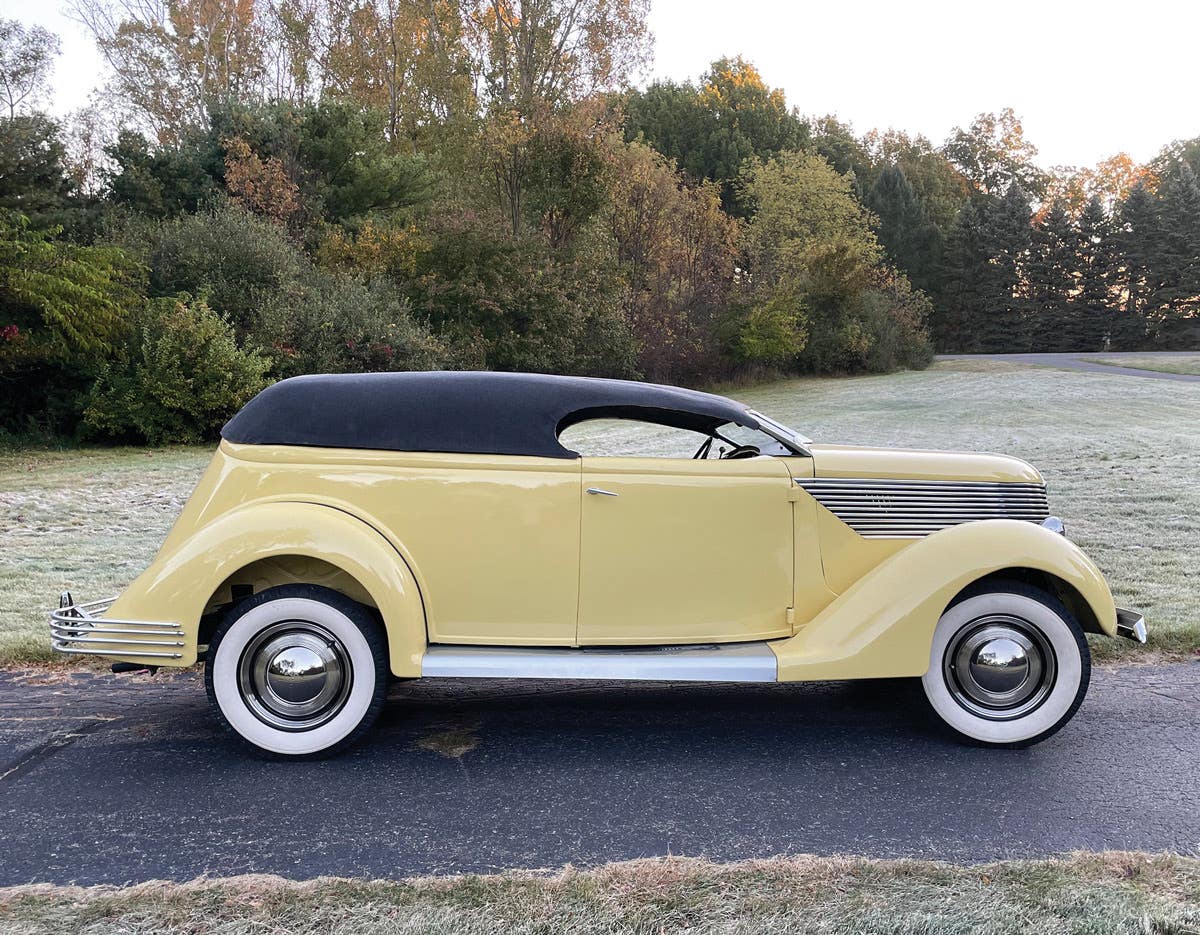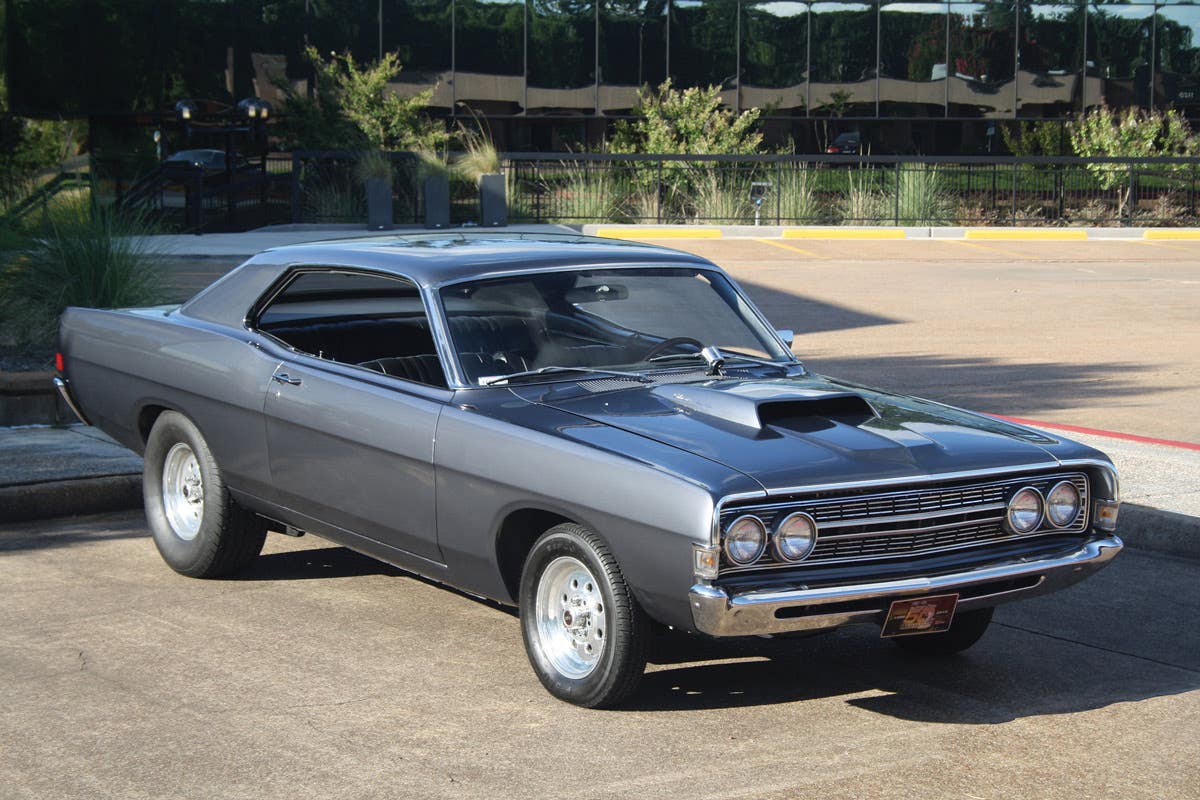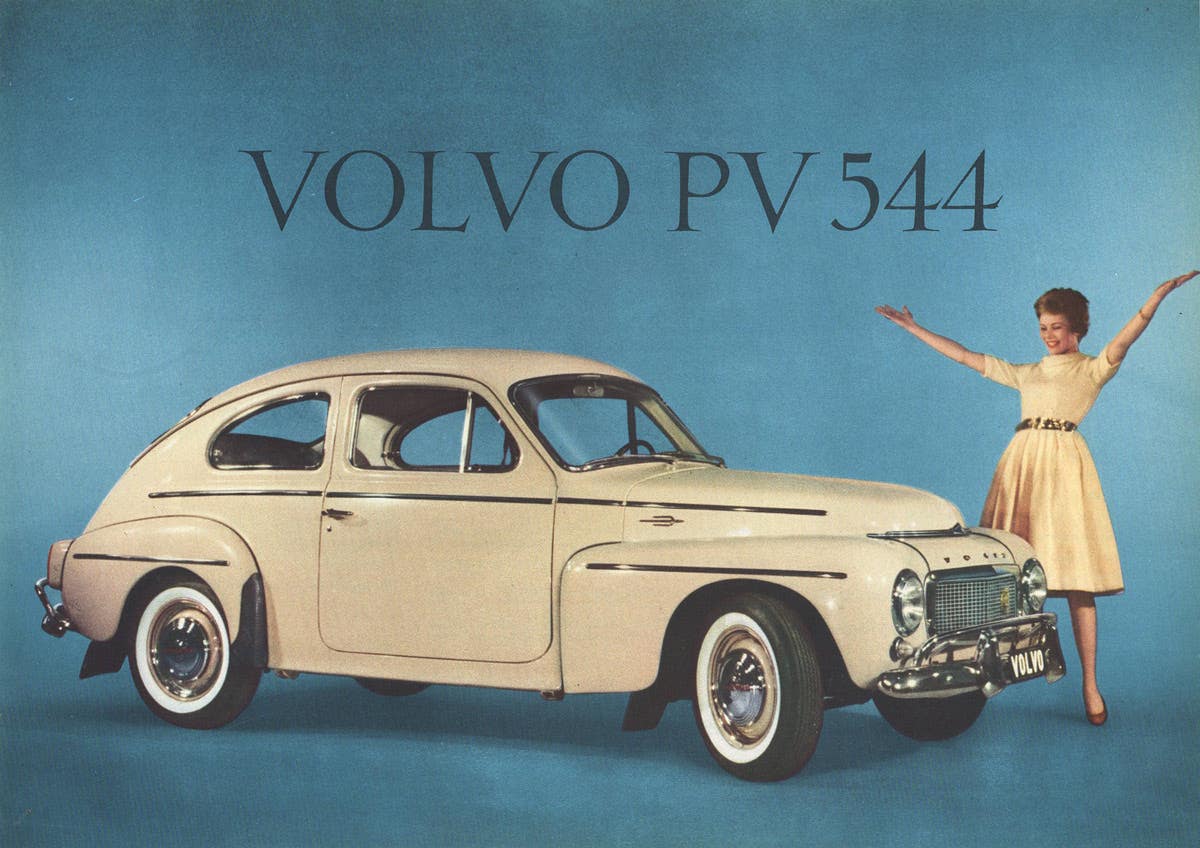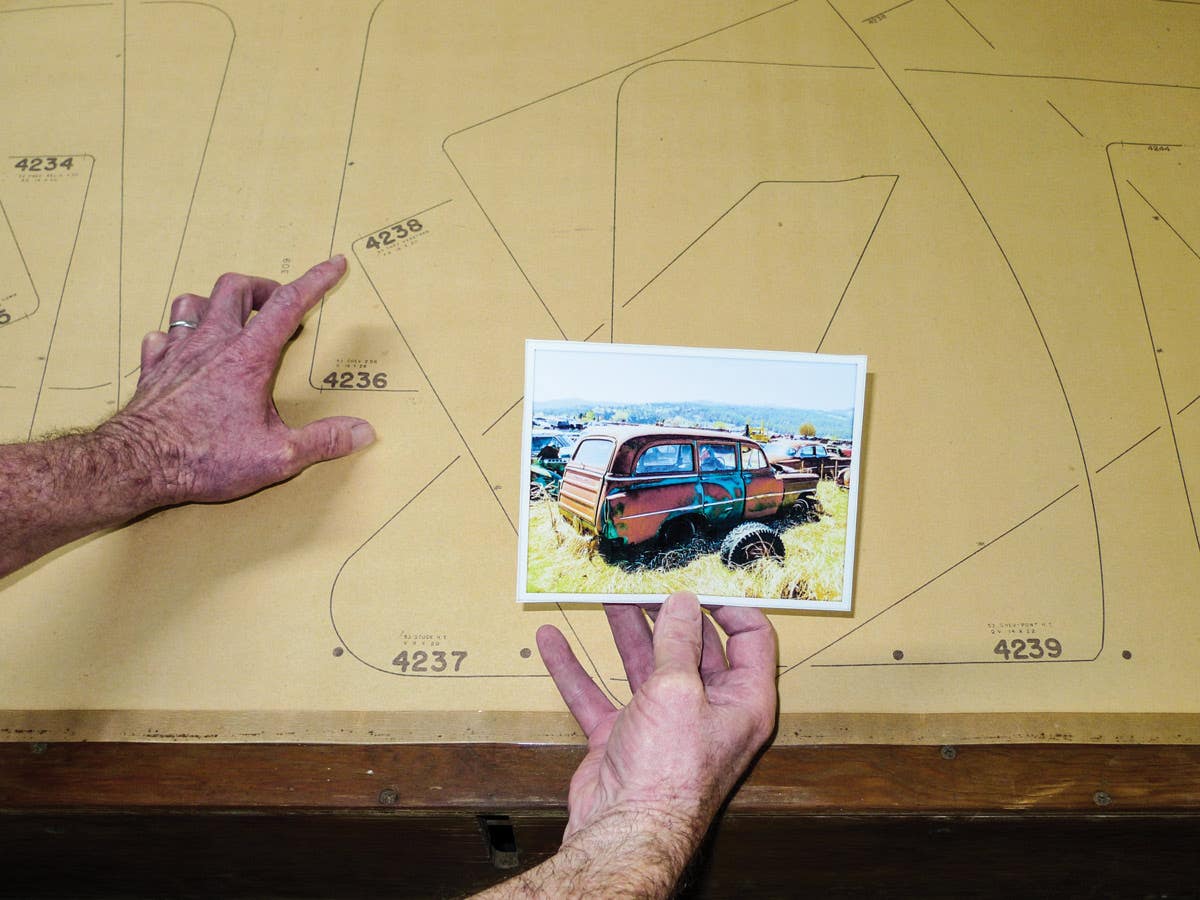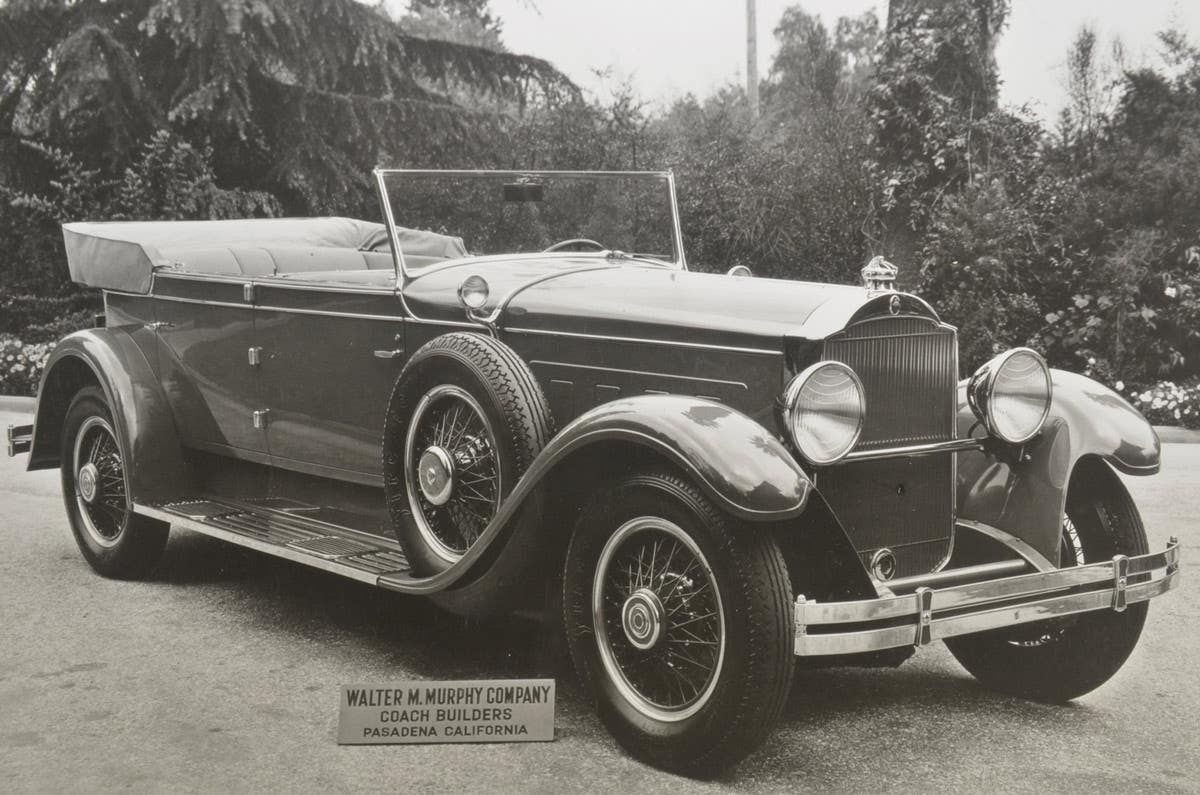Q&A .. With Kit Foster
Answer man Kit Foster tackles questions on Ford databases, state-issued pseudo-VINs, and an exhaust for a 1957 Chevy.
Q. In reference to Don Tusset asking about obtaining a VIN decal for his 1970 Ford Mustang (Aug. 28 “Q&A”), he should try A.G. Backeast (P.O. Box 40011, Grand Junction, CO 81504, www.datatags.com). They do metal tags. Perhaps they do decals also. Marshall Larson, Foley, Minn.
A.Arlie Moses also notes that Kevin Marti has purchased the Ford database for these models and is licensed to supply data tags and decals. Contact Marti Auto Works, 12007 West Peoria Ave., El Mirage, AZ 85335, www.martiauto.com. A correspondent named Randy recommends C.J. Pony Parts, 7461 Allentown Blvd., Harrisburg, PA 17112, www.cjponyparts.com. A word of caution is needed here. Mr. Backeast states plainly on his web site that “Real cars only need apply! We will not help with hallucinations or dreams!” I’m sure this is true of the other suppliers as well. No doubt, they get a steady stream of clone-builders trying to legitimize their creations with genuine-looking data plates. Be prepared to demonstrate that your car is what you say it is. If you or your restorer remove a data plate for painting, be sure to record all the information on it and store it in a separate place. Should the original become lost, such as that on Anthony Petrino’s Edsel, you’ll then have a starting point for a replacement plate. One reader, who shall remain nameless, reported that he bought a car without a VIN tag. At someone’s suggestion, he had a data plate made to duplicate a rubbing taken from a similar car. That’s hazardous, maybe even fraudulent, even when done with all the best intentions, since it creates a second car with the same identity. See the following comment for a DMV view on this topic.
Q.I’ve been in the Colorado emissions testing business for 22 years and I come across the problem of missing VIN tags quite often. We are allowed to verify VINs for out-of-state cars and for in-state owners who have misplaced their titles. There are two types of VINs on cars. The public VIN is usually found on the dash. In the case of the 1970 Ford Mustang, it was on the driver’s door. The manufacturer’s VIN is hidden on various parts of the car. The whereabouts of these are not public information. If the public VIN is gone, you’re out of luck. In that case, the Highway Patrol (in Colorado and most other states) will install a state VIN on the car, if the owner can prove it is the car that it’s claimed to be. The number will be in the form ID12345COLO, where 12345 represents a number unique to the car and the suffix is the state abbreviation. A new title will be issued and the car will never be known by the original number again. The new VIN tag will be firmly attached in an obvious place. There might be rare exceptions to this rule, but it’s pretty much adhered to in all states. Think of your VIN in the same way you think of virginity: once it’s gone…. Steve Fickler, Wheat Ridge, Colo.
A.Well, you may lose your virginity, but you don’t lose your DNA, and neither should your car. The state-issued pseudo-VINs are a fact of life in many cases, but they have their drawbacks. Manufacturer-issued VINs, even if they are a simple numeric sequence, conform to a certain pattern from which it’s possible to date the car and often discern other characteristics. None of this is possible with a state-issued VIN, which merely matches a given car to the corresponding title. Safeguard all that data plate information. You may need it later. A further word of caution: If you’re buying a car, always check that the VIN matches the documents with the car — and if you’ve done your homework, you’ll know whether it matches the characteristics of the car, too. I once bought a car that had been registered for 16 years with the wrong VIN, brought to light only by a DMV inspector in my own state when I tried to get it registered. The VIN on the registration (it had come from a non-title state) was one digit off from that on the car. Fortunately the dealership that had sold the car new was still in business and was able to verify a clerical error on its part.
Q.I have a 1957 Chevy Bel Air with the 283-cid engine. It has an aftermarket dual exhaust system, installed by a previous owner. The pipes are in good shape, but the mufflers are rotting out. They are 29 inches long, with a center inlet and offset outlet pipe, each 3 inches long, for a total length of 35 inches. If I could locate replacement mufflers, I wouldn’t have to replace the entire system. Any help would be appreciated. Bruce Buck, Jaffrey, N.H.
A. Take your car to a good muffler shop. They’ll be able to find mufflers that will fit with little/no modification.
To submit questions to this column: E-mail
ron.kowalke@fwpubs.com or mail to: Q&A, c/o
Ron Kowalke, 700 E. State St., Iola, WI 54990-0001



